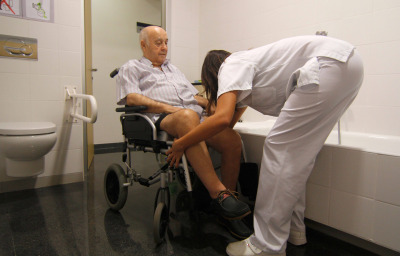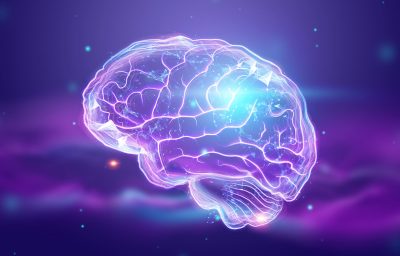
A type of psychotherapy called cognitive functional therapy (CFT) [1] is the first treatment for chronic disabling low back pain with good evidence that it can effectively reduce disability due to the pain for more than a year, finds a randomised controlled trial (RCT) published in The Lancet Rheumatology journal.
Low back pain is a long-term health condition for many people marked by unpredictable recurrences or pain flare ups. Interventions for low back pain have previously typically produced only small and short-term effects. A previous study published in The Lancet [2] found CFT was more effective than usual care [3] at improving self-reported physical activity participation in those with low back pain up to one year; the current trial is the first to show that these effects are sustained up to three years.
The RESTORE RCT included 492 patients with chronic low back pain in Australia, who were randomly assigned to receive eight treatment sessions of usual care, CFT, or CFT plus biofeedback (a technique using sensors to measure body functions such as heart rate and enable the patient to modify them). While those who received CFT and CFT plus biofeedback saw improvements in their physical activity participation over usual care, the difference between those receiving CFT-only and CFT plus biofeedback at three years were small and not significant, which is also consistent with the 3-month and 1-year results.
The authors say that the current trial demonstrates that CFT has long-term benefits on physical activity of those with low back pain and provides an opportunity to markedly reduce its impact if the intervention can be widely implemented. The authors highlight that implementation of CFT requires scaling up of clinician training to increase accessibility, and replication studies in diverse healthcare systems.
[1] CFT helps the patient change their mindset about the pain and self-manage via movement pattern changes and lifestyle changes.
[2] https://www.thelancet.com/journals/lancet/article/PIIS0140-6736(23)00441-5/fulltext
[3] Usual care was any treatment the health provider recommended or the patient chose. It may have included painkillers, physical therapy and/or massage therapy.








